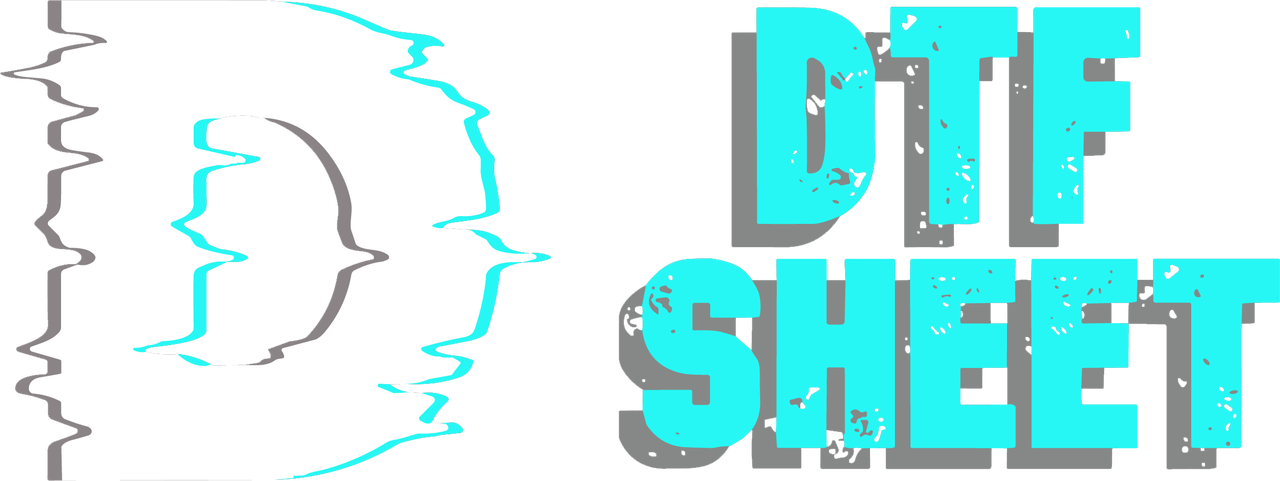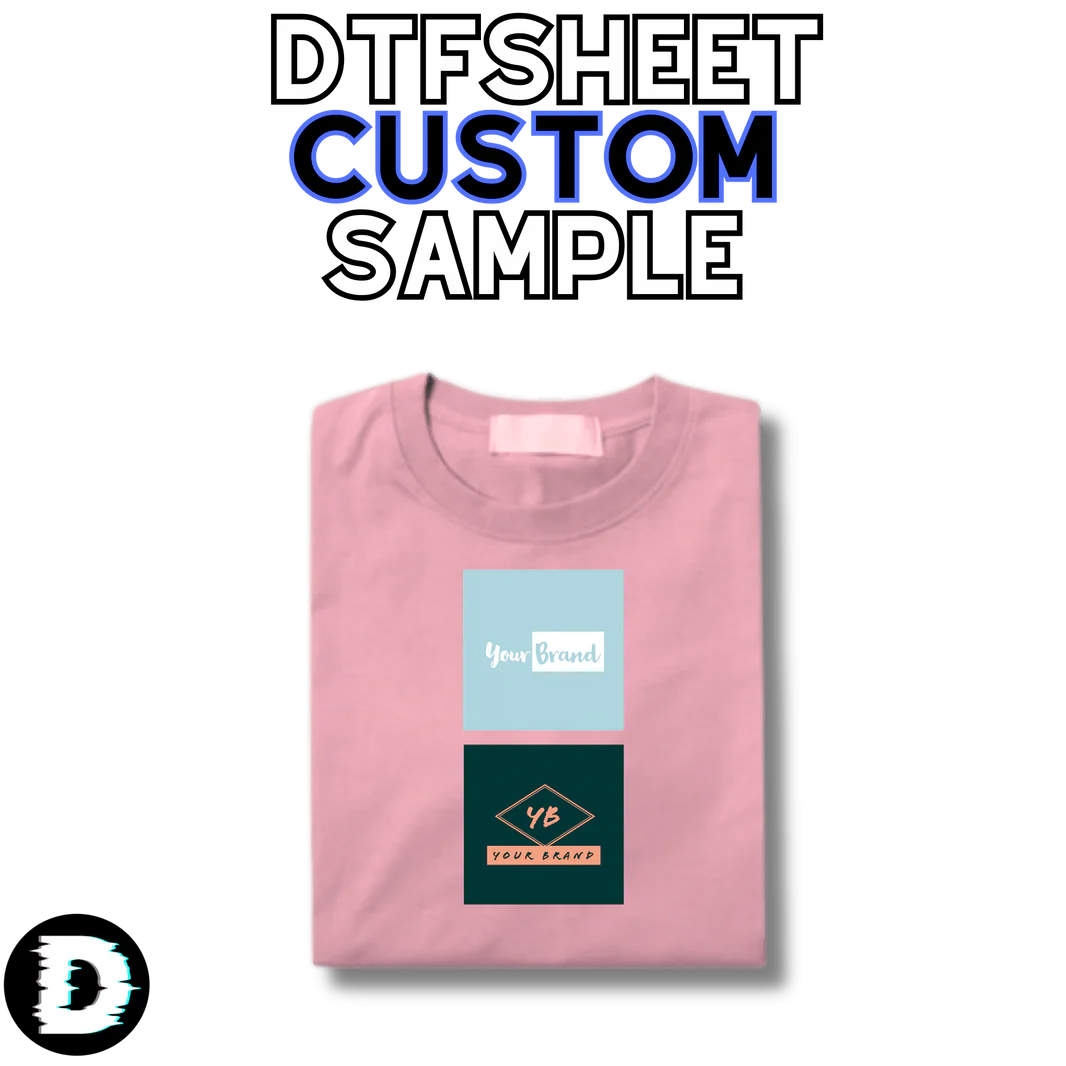DTF printing technologies, which are of great importance in terms of sustainability and the environment, also have an important place in the textile industry today. DTF, which is the abbreviation of the term Direct to film, is among the innovative printing methods. This technology includes production processes that are very environmentally friendly. It is also the most preferred printing system by people and businesses who want to use environmentally friendly technologies.
DTF technology is one of the technologies widely used not only in textile but also in decoration and accessories. The way the DTF transfer process works is quite different compared to traditional printing methods. To understand the environmental advantages of DTF technology, it is important to first understand how it works.
- Design: First, the design is created. Designs created with DTF are much more detailed and vivid.
- Digital Printing: The prepared print is first transferred to special pet films.
- Adhesive Powder: A special powder adhesive is poured onto the print. In this way, the ink adheres to the fabric more firmly.
- Transfer: The ink in the PET film is transferred to the textile by the heat press
- Cooling: After the PET film has cooled, it is carefully separated from the textile.
Difference of DTF Printing Technology from Traditional Printing Methods
Custom DTF printing has many advantages compared to traditional printing methods. Traditional printing methods include:
- Screen Printing: Used in large-scale production. This method uses a lot of water and chemicals. Preparation of paints and stencils also creates more wastewater and chemicals. This is also harmful to the environment.
- DTG (Direct to Garment): DTG printing method is printing made directly on the textile. This method is preferred by businesses with low production volumes. The chemicals used during this process are very harmful to the environment.
- Sublimation: Sublimation printing is a method used on polyster fabrics. In this method, special dyes are transferred into the fabric. This print is only used on certain fabrics. Therefore, it does not offer a wide usage area. Moreover, there is high energy consumption.
DTF printing method applied with the custom heat transfer method does not use excessive energy, chemicals and water. Moreover, there is no need to create a template in advance. They can be easily applied thanks to pre-prepared prints called custom gang sheet method.
Benefits of DTF Printing Method
The environmental benefits of the DTF printing method are quite high.
- Less Chemical Use: Minimum level of chemicals are used in the DTF printing process. The generation of chemical wastes that harm the environment is reduced.
- Low Water Usage: No water is used in the DTF transfer method. Unlike traditional printing methods such as screen printing, water consumption is minimized during DTF printing. In this way, water resources are protected.
- Energy Efficiency: This printing method is carried out with the most energy efficient machines. Energy consumption in the DTF printing process is quite low.
- Wide Material Usage: DTF printing method is suitable for many fabric types. It is a method that can be applied to both different types of fabrics and surfaces. For this reason, DTF printing technology is rich in diversity.
- Less Waste: DTF printing is a method that uses only the required amount of material. This supports more production as well as less waste generation. It has gained a place in our lives as an environmentally friendly printing technology, thanks to fewer faulty prints and recycling requirements.



























